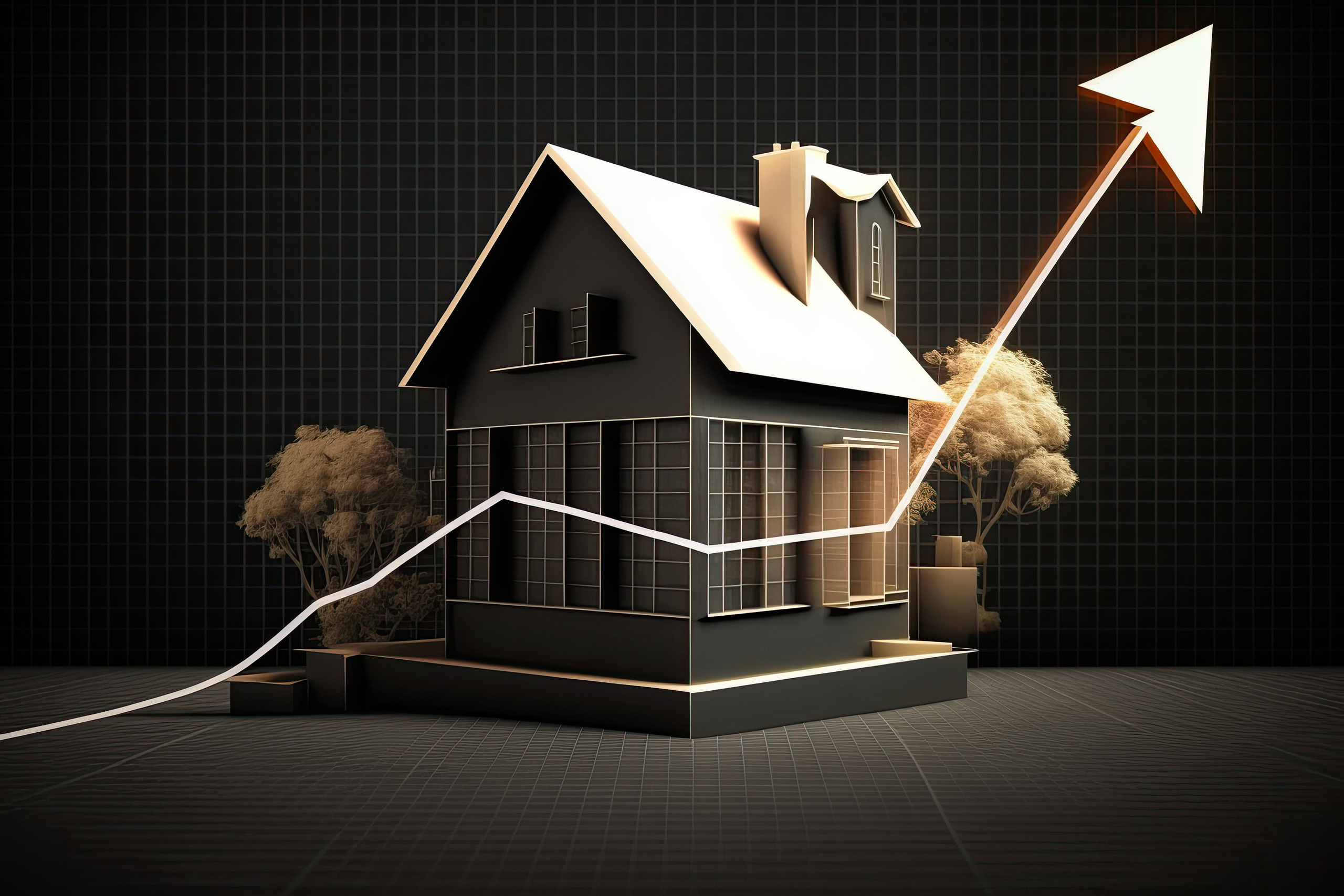The housing market in the United States, once characterized by intense buying activity during the pandemic, has started to show signs of cooling down. However, despite a decrease in the number of homebuyers and a slight drop in prices, the overall affordability of homes continues to elude many prospective buyers. In this article, we explore the persistently high US home buying costs and the factors contributing to this ongoing trend.
Current Market Conditions
The US Federal Reserve’s decision to raise interest rates to their highest level in over a decade has directly impacted the housing market. Mortgage rates, now sitting well above 6% for a 30-year fixed rate, have dissuaded potential buyers, resulting in a 20% decrease in existing home sales in May compared to the previous year. Although there has been a slight decline of 3.1% in median home sales prices, they remain substantially higher than pre-pandemic levels.
The Affordability Challenge
While rising home values have benefited existing homeowners, the escalating prices have made homeownership more unattainable for many prospective buyers. The Harvard Joint Center for Housing Studies estimates that 2.4 million potential homebuyers have been priced out of the market due to soaring costs. In 2022, purchasing a home in a specific metro area required an annual income of at least $67,000. With high mortgage rates this year, that figure has surged to $86,000.
Furthermore, the economic and racial disparities in the US have compounded the affordability crisis. The number of white renters who could afford a home declined by 30% between March 2022 and March 2023, while the corresponding figures for Black and Hispanic renters dropped by 39% and 37%, respectively.
Supply Constraints Exacerbate the Situation
Conventional economic principles suggest that a decrease in demand leads to lower prices. However, this notion assumes a static supply, which is not the case in the housing market. Redfin reports a staggering 40% decrease in the number of homes for sale compared to pre-pandemic levels. In the four weeks ending June 11, we witnessed a 6% drop in the number of homes on the market, marking the most significant decline over a year.
The housing supply constraint stems from two main factors: a long-standing housing shortage and homeowners’ reluctance to sell their properties. Following the 2008 recession, the construction of new homes plummeted to historic lows, and although there was a resurgence during the pandemic, housing starts began to decline again in May 2022. This shortage, combined with higher interest rates, has dissuaded homeowners from selling, as their current mortgages are often more favorable than the rates they would secure if they were to purchase another property.
The Future Outlook
Buyers may find little relief in the near term, as the Federal Reserve shows no signs of lowering interest rates and has even expressed intentions to raise them further. While the Fed aims to stabilize prices across the economy, the housing market’s unique dynamics mean prices will likely remain elevated. Sellers are choosing to wait, buyers are increasingly frustrated, and the overall market is stagnant.
In conclusion, the dream of homeownership in the United States has become increasingly elusive due to the high costs of buying a home. Despite a recent cooldown in the housing market, prices remain significantly higher than before the pandemic, creating barriers for many aspiring homeowners. The shortage of available homes and homeowners’ reluctance to sell further exacerbates the issue. Until there is a shift in interest rates or a significant increase in housing supply, the high.





